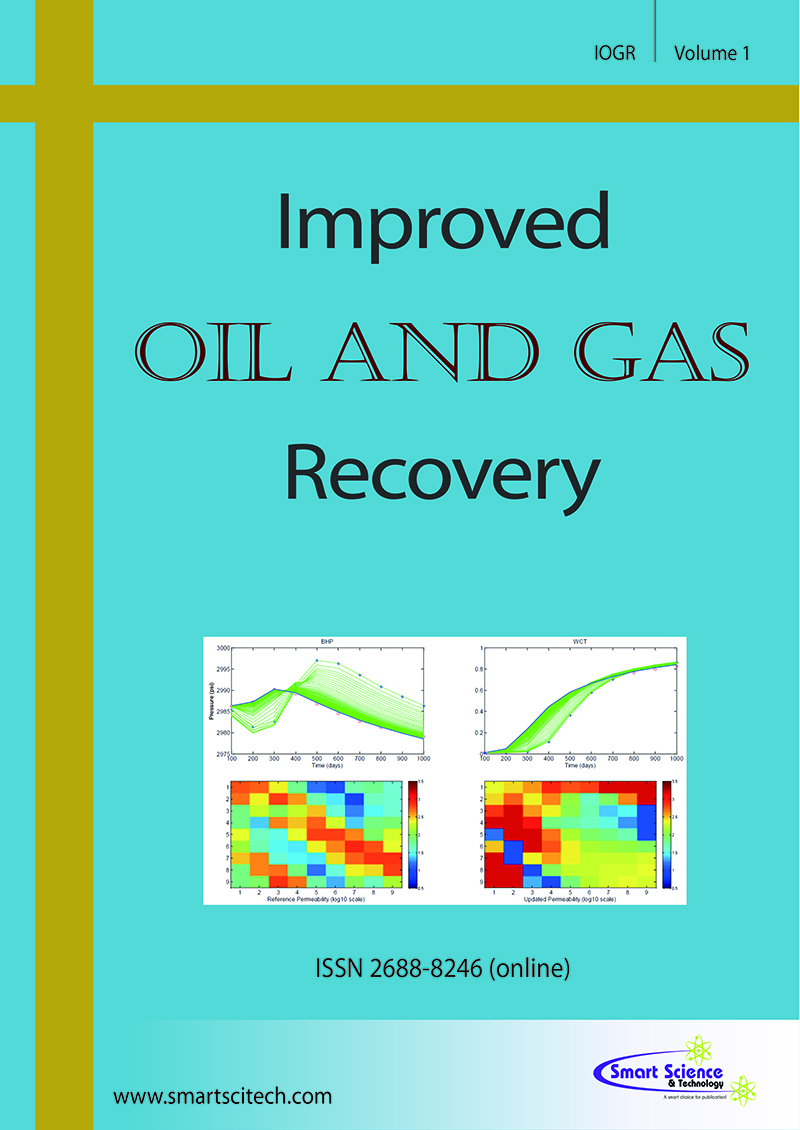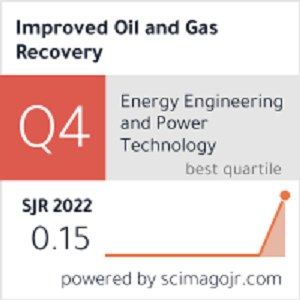Using Machine Learning Techniques for Enhancing Production Forecast in North Malay Basin
DOI:10.14800/IOGR.1190
Abstract
The geological environment in the Gulf of Thailand (GOT) is very complicated, with thousands of small discontinuous reservoirs, in part due to a high density of faults. With this geological characteristic, hundreds of required slim-hole wells will be planned and drilled annually to ensure enough capacity to meet gas demand in gas sale agreement. Hence, production forecast plays key role to deal with drilling schedule and operations planning and installing surface facilities. An accuracy degree of production forecast is required highly which based on production data from existing produced wells and future produced wells.
In recent years, machine learning techniques have been widely applied to the oil and gas industry, in this case, the Gulf of Thailand. Machine learning methods of Support Vector Regression (SVR) and K-Means Clustering have been applied effectively for removing outliers or noisy data. By using a huge dataset of production data from thousands of wells in this area, a solution can be rapidly made to automatically eliminate unreliable data in given historical data from existing produced wells.
In brief, this study provides an automated approach to apply machine learning algorithms to assist technical teams in improving the quality of data in production data analysis, with the aim of enhancing reliable production forecast, optimizing drilling schedule and saving operating costs.
Downloads
Published
How to Cite
Issue
Section
License
Copyright (c) 2021 The Author(s)

This work is licensed under a Creative Commons Attribution 4.0 International License.












